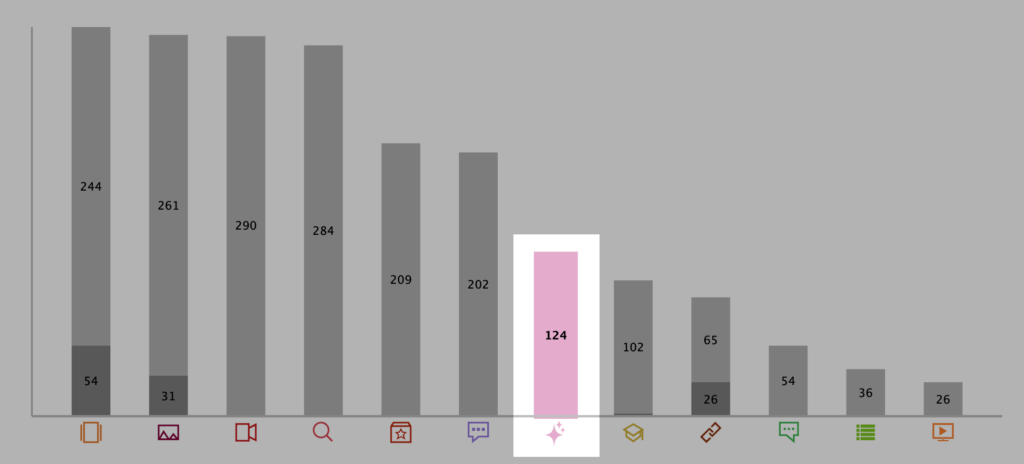As you may have seen, yesterday Google announced that their Search Generative Experience “AI Overviews” has begun rolling out to everyone in the US market, with more countries expected to follow.
According to SEL, despite the broader rollout, for now AI Overviews are “reserved to answer more complex questions where Google feels it can add value beyond the search results,” and so will only appear on limited queries.
SGE tracking in STAT
While we’ve been eagerly awaiting their official debut, we’ve been hard at work figuring out how best to capture them in STAT, with two key considerations in mind:
Assigning rank and classification
This has been the easiest for us to solve. Our many (many) years parsing millions of SERPs a day have taught us that different strategies require different conceptualizations of what should rank.
Sometimes, you may want to include SERP features (snippets, local packs, discussion & forums, etc) and other times, you may only want the blue links, which is why we provide the flexibility to support whichever approach is needed with our rank and base rank distinctions.
Thankfully, SGEs and this new AI Overview fit perfectly within this paradigm. When they start showing up in STAT, we’ll assign them a rank (no base rank) and a SERP feature classification, so you’ll be able to see their appearance in the keywords table, Archived SERPs subtab, and SERP Features dashboard.
This will also be the same lens through which we’ll parse any new variations (like the other AI layouts mentioned in the announcement) that appear in the wild.
Navigating logged-in and late loading
Prior SGE tests have only included some logged-in Google accounts, and before that, Search Labs participants. So far, it remains to be seen whether this new rollout will be for all logged-in users or open to everyone.
Similar to a logged-in state, any possible late loading is slightly more challenging for SERP tracking tools in general, especially with the extra delay introduced if a “Generate” button is present. Even though SGEs in recent tests are a lot faster than last year, in many cases, a quick snapshot of a SERP will not include the SGE.
Since yesterday’s announcement, we’ve had our eyes glued to our SERPs to see how these AI Overviews differ from the various types we’ve seen in recent tests. There’s a chance they’ll resemble Bing’s “Stories” equivalent — that is to say, visible on the initial page load for everyone — but in case they don’t, we’re ready to refine our current parsing methods to address these issues should it be necessary.
What generative AI SERP features mean to SEO
We know there’s a lot of chatter of upheaval when it comes to SGEs in search, but we don’t view these developments as necessarily earth-shattering as much as they are a natural evolution of the SERP and features we’ve come to know and love.
You can read a little more of our thoughts on the matter in our most recent (pre-announcement) blog post.

